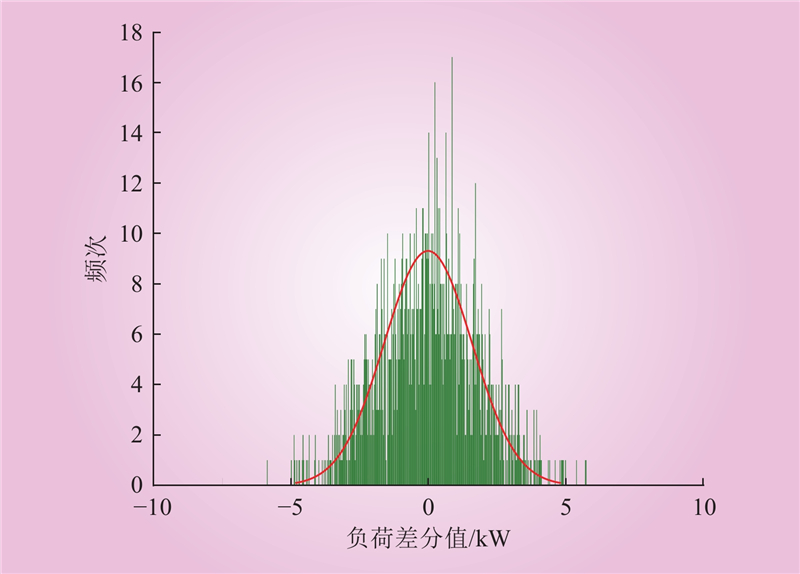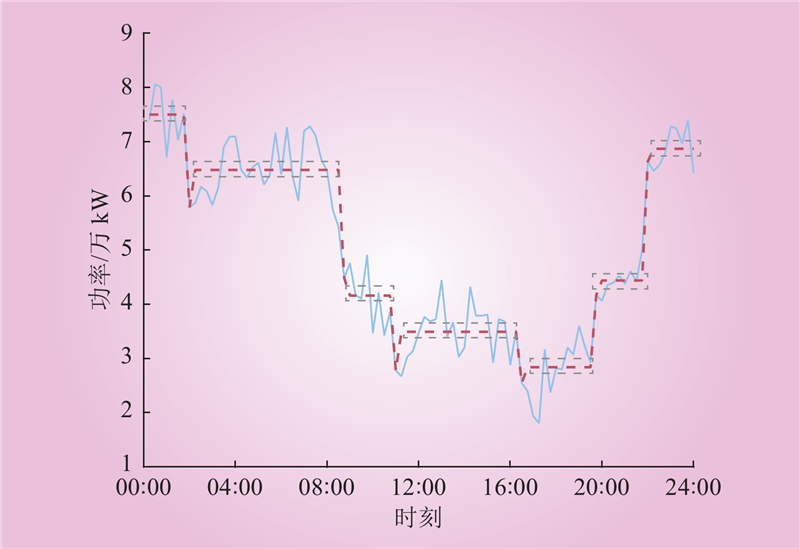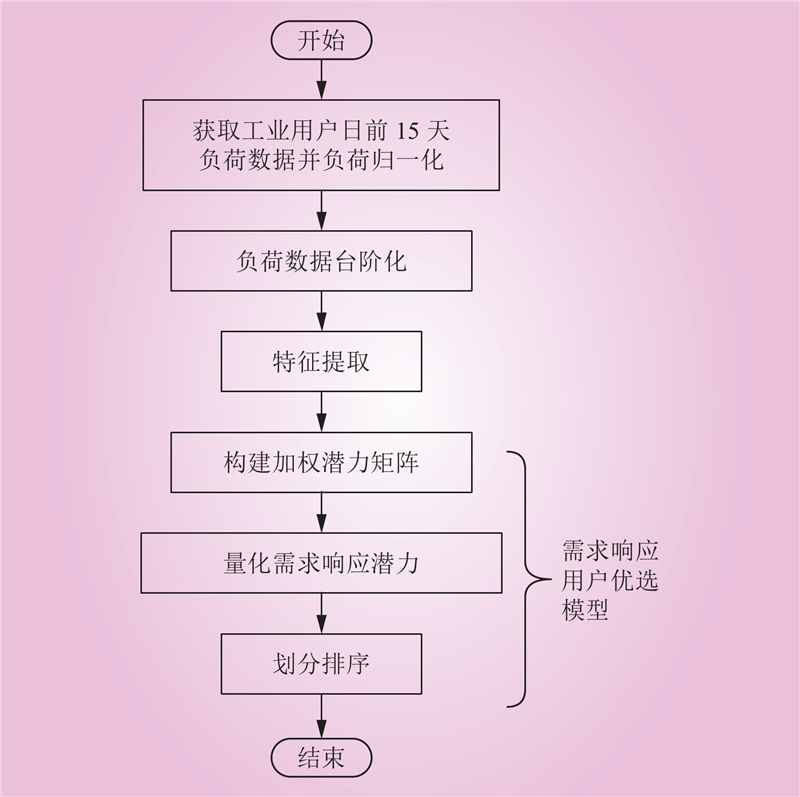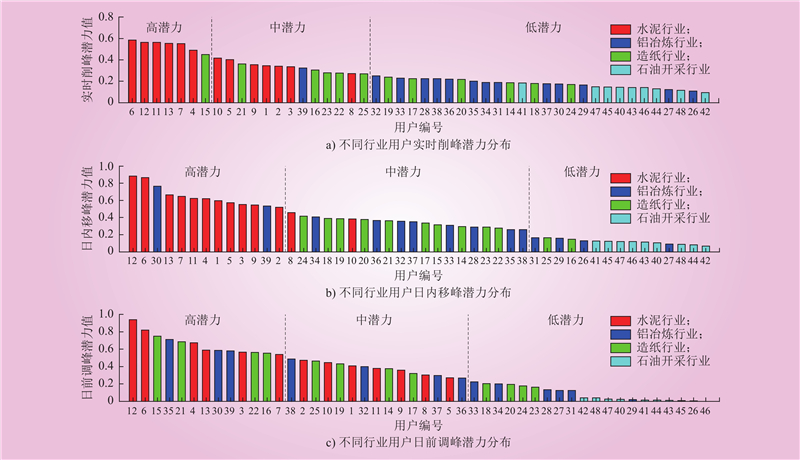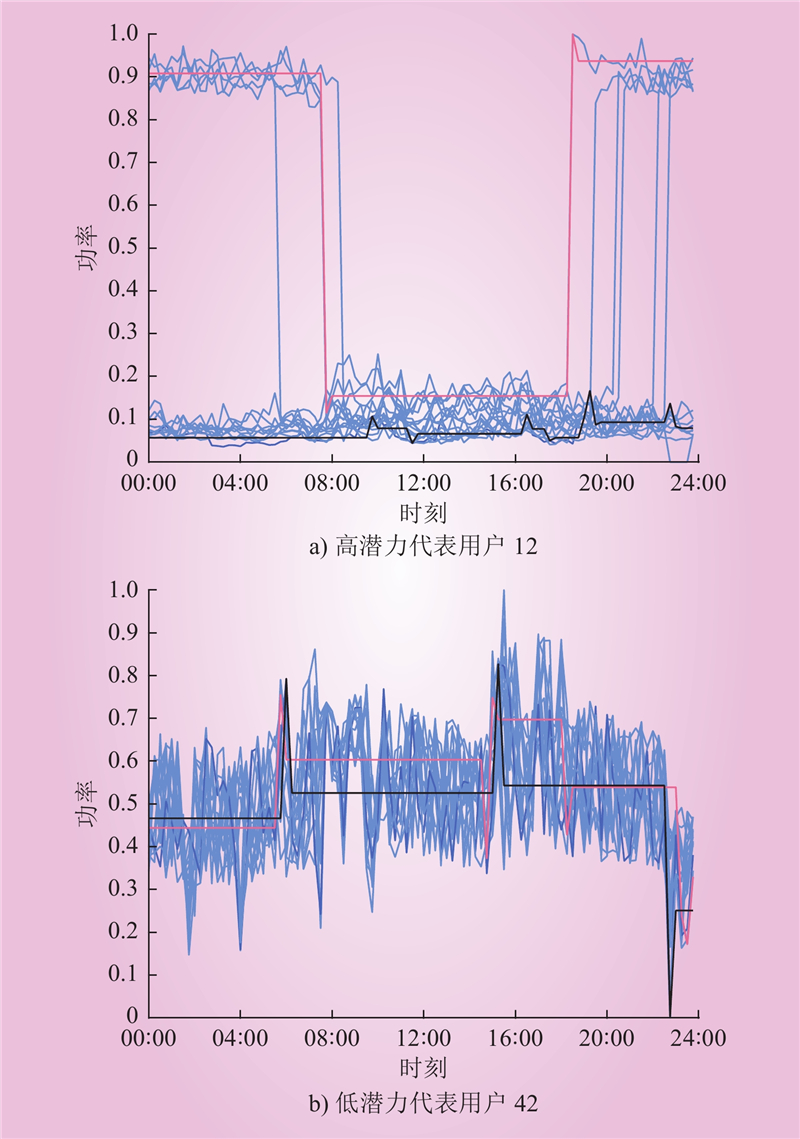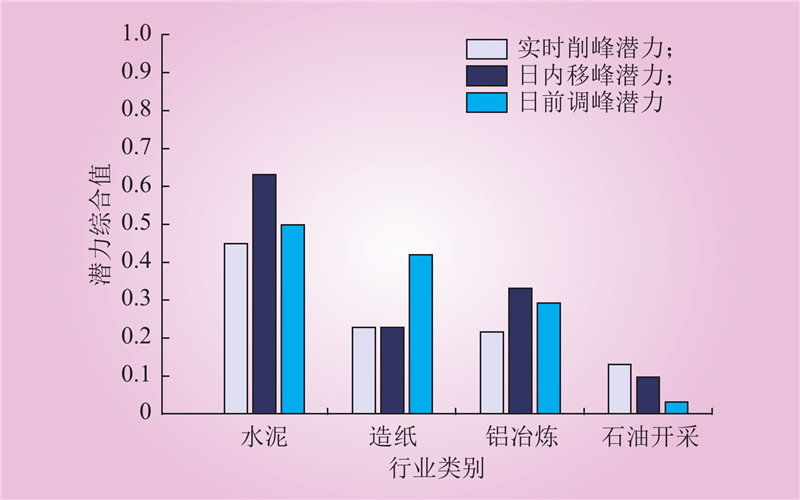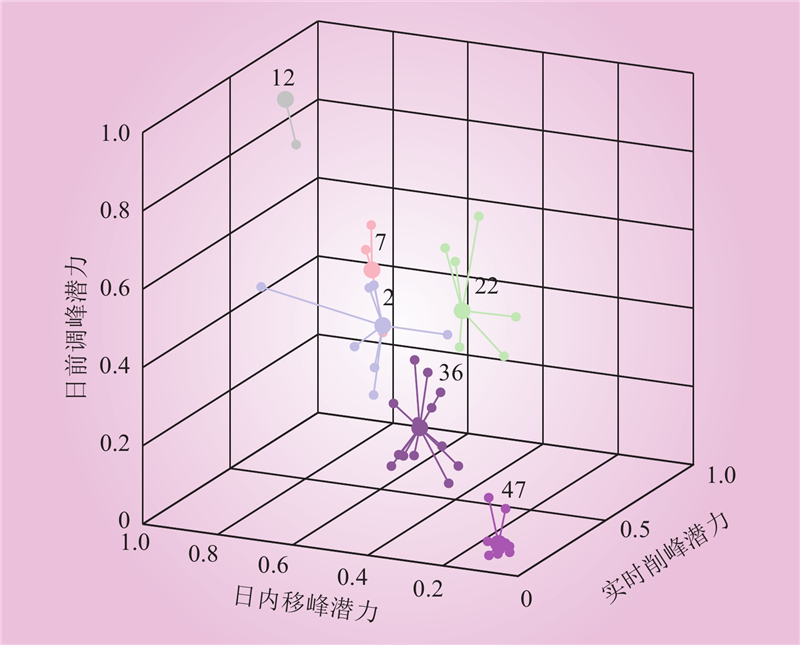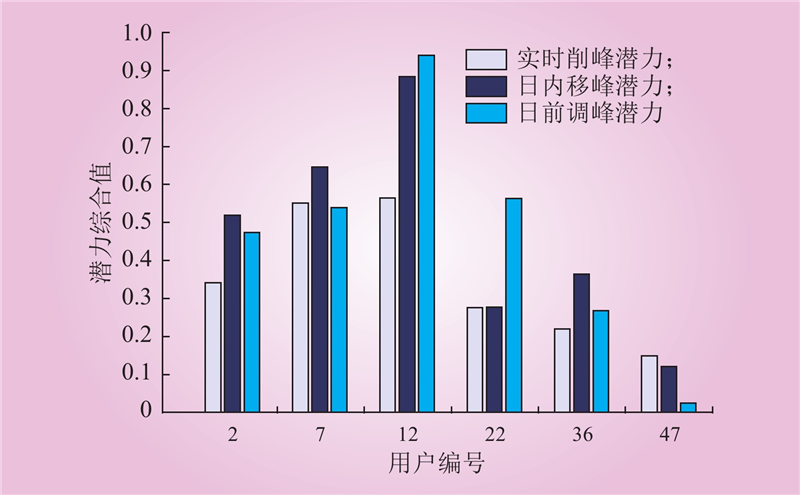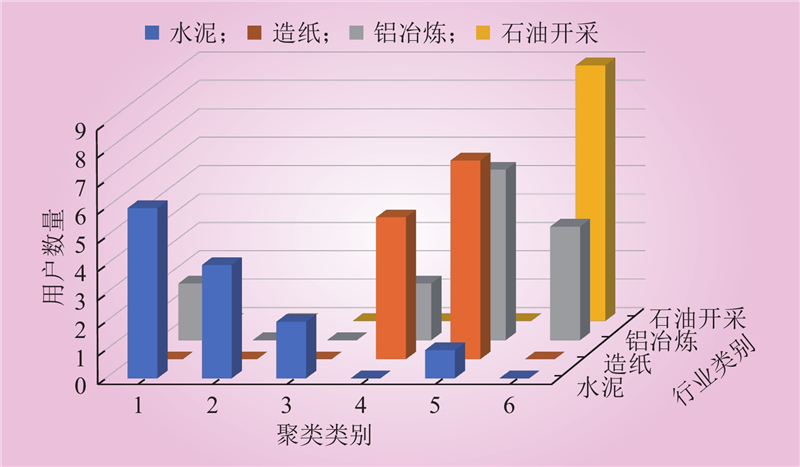| 1 |
张智刚, 康重庆. 碳中和目标下构建新型电力系统的挑战与展望[J]. 中国电机工程学报, 2022, 42 (8): 2806- 2819.
|
|
ZHANG Zhigang, KANG Chongqing. Challenges and prospects for constructing the new-type power system towards a carbon neutrality future[J]. Proceedings of the CSEE, 2022, 42 (8): 2806- 2819.
|
| 2 |
鲁宗相, 李海波, 乔颖. 含高比例可再生能源电力系统灵活性规划及挑战[J]. 电力系统自动化, 2016, 40 (13): 147- 158.
|
|
LU Zongxiang, LI Haibo, QIAO Ying. Power system flexibility planning and challenges considering high proportion of renewable energy[J]. Automation of Electric Power Systems, 2016, 40 (13): 147- 158.
|
| 3 |
2022年全社会用电量同比增长3.6%_部门政务[EB/OL]. (2023-01-18) [2023-05-25]. http://www.gov.cn//xinwen/2023-01/18/content_5737694.htm.
|
| 4 |
SHEN B, GHATIKAR G, LEI Z, et al. The role of regulatory reforms, market changes, and technology development to make demand response a viable resource in meeting energy challenges[J]. Applied Energy, 2014, 130, 814- 823.
DOI
|
| 5 |
YAMAGUCHI Y, CHEN C F, SHIMODA Y, et al. An integrated approach of estimating demand response flexibility of domestic laundry appliances based on household heterogeneity and activities[J]. Energy Policy, 2020, 142, 111467.
DOI
|
| 6 |
ZHANG W, LIAN J M, CHANG C Y, et al. Aggregated modeling and control of air conditioning loads for demand response[J]. IEEE Transactions on Power Systems, 2013, 28 (4): 4655- 4664.
DOI
|
| 7 |
QI N, CHENG L, XU H L, et al. Smart meter data-driven evaluation of operational demand response potential of residential air conditioning loads[J]. Applied Energy, 2020, 279, 115708.
DOI
|
| 8 |
SONG Z F, SHI J, LI S J, et al. Data-driven and physical model-based evaluation method for the achievable demand response potential of residential consumers' air conditioning loads[J]. Applied Energy, 2022, 307, 118017.
DOI
|
| 9 |
王蓓蓓, 胥鹏, 王宣元, 等. 需求响应分布鲁棒建模及其大规模潜力推演方法[J]. 电力系统自动化, 2022, 46 (3): 33- 41.
|
|
WANG Beibei, XU Peng, WANG Xuanyuan, et al. Distributionally robust modeling of demand response and its large-scale potential deduction method[J]. Automation of Electric Power Systems, 2022, 46 (3): 33- 41.
|
| 10 |
LIU C, KONG X Y, WANG Z T, et al. A method for evaluating power user demand response potential based on GMM-LSTM[C]//2021 24th International Conference on Electrical Machines and Systems (ICEMS). Gyeongju, Republic of Korea. IEEE, 2021: 2369–2373.
|
| 11 |
YIN R X, KARA E C, LI Y P, et al. Quantifying flexibility of commercial and residential loads for demand response using setpoint changes[J]. Applied Energy, 2016, 177, 149- 164.
|
| 12 |
孙毅, 毛烨华, 李泽坤, 等. 面向电力大数据的用户负荷特性和可调节潜力综合聚类方法[J]. 中国电机工程学报, 2021, 41 (18): 6259- 6271.
|
|
SUN Yi, MAO Yehua, LI Zekun, et al. A comprehensive clustering method of user load characteristics and adjustable potential based on power big data[J]. Proceedings of the CSEE, 2021, 41 (18): 6259- 6271.
|
| 13 |
孔祥玉, 刘超, 王成山, 等. 基于深度子领域自适应的需求响应潜力评估方法[J]. 中国电机工程学报, 2022, 42 (16): 5786- 5797, 6156.
|
|
KONG Xiangyu, LIU Chao, WANG Chengshan, et al. Demand response potential assessment method based on deep subdomain adaptation network[J]. Proceedings of the CSEE, 2022, 42 (16): 5786- 5797, 6156.
|
| 14 |
刘江, 郭云鹏, 张波, 等. 基于云模型和改进证据理论的调峰型虚拟电厂聚合用户优选[J]. 电力系统自动化, 2022, 46 (18): 37- 45.
|
|
LIU Jiang, GUO Yunpeng, ZHANG Bo, et al. Aggregated user selection of peak-regulation virtual power plant based on cloud model and improved evidence theory[J]. Automation of Electric Power Systems, 2022, 46 (18): 37- 45.
|
| 15 |
吴迪, 王韵楚, 郁春雷, 等. 基于高斯过程回归的工业用户需求响应潜力评估方法[J]. 电力自动化设备, 2022, 42 (7): 94- 101.
DOI
|
|
WU Di, WANG Yunchu, YU Chunlei, et al. Demand response potential evaluation method of industrial users based on Gaussian process regression[J]. Electric Power Automation Equipment, 2022, 42 (7): 94- 101.
DOI
|
| 16 |
陈逸涵, 李扬, 沈运帷. 基于负荷控制潜力量化模型的工业用户群体画像方法[J]. 电力自动化设备, 2021, 41 (8): 208- 216.
|
|
CHEN Yihan, LI Yang, SHEN Yunwei. Industrial customer group portrait method based on potential quantization model of load control[J]. Electric Power Automation Equipment, 2021, 41 (8): 208- 216.
|
| 17 |
GHASEMKHANI A, YANG L, ZHANG J S. Learning-based demand response for privacy-preserving users[J]. IEEE Transactions on Industrial Informatics, 2019, 15 (9): 4988- 4998.
DOI
|
| 18 |
史俊祎, 文福拴, 崔鹏程, 等. 参与需求响应的工业用户智能用电管理[J]. 电力系统自动化, 2017, 41 (14): 45- 53.
|
|
SHI Junyi, WEN Fushuan, CUI Pengcheng, et al. Intelligent energy management of industrial loads considering participation in demand response program[J]. Automation of Electric Power Systems, 2017, 41 (14): 45- 53.
|
| 19 |
罗毅, 李昱龙. 基于熵权法和灰色关联分析法的输电网规划方案综合决策[J]. 电网技术, 2013, 37 (1): 77- 81.
|
|
LUO Yi, LI Yulong. Comprehensive decision-making of transmission network planning based on entropy weight and grey relational analysis[J]. Power System Technology, 2013, 37 (1): 77- 81.
|
| 20 |
欧阳森, 石怡理. 改进熵权法及其在电能质量评估中的应用[J]. 电力系统自动化, 2013, 37 (21): 156- 159, 164.
|
|
OUYANG Sen, SHI Yili. A new improved entropy method and its application in power quality evaluation[J]. Automation of Electric Power Systems, 2013, 37 (21): 156- 159, 164.
|
| 21 |
罗毅, 周创立, 刘向杰. 多层次灰色关联分析法在火电机组运行评价中的应用[J]. 中国电机工程学报, 2012, 32 (17): 97- 103, 150.
|
|
LUO Yi, ZHOU Chuangli, LIU Xiangjie. Application of the multi-level grey relational analysis method in operation assessment of thermal power units[J]. Proceedings of the CSEE, 2012, 32 (17): 97- 103, 150.
|
| 22 |
王瑞鹏, 高永涛, 吴顺川, 等. 基于改进熵-云模型的隧道采空区稳定性评价[J]. 现代矿业, 2017, 33 (10): 208- 211.
|
| 23 |
TONG L I, WANG C H, CHEN H C. Optimization of multiple responses using principal component analysis and technique for order preference by similarity to ideal solution[J]. The International Journal of Advanced Manufacturing Technology, 2005, 27 (3/4): 407- 414.
|
| 24 |
FREY B J, DUECK D. Clustering by passing messages between data points[J]. Science, 2007, 315 (5814): 972- 976.
DOI
|
| 25 |
陈启鑫, 吕睿可, 郭鸿业, 等. 面向需求响应的电力用户行为建模: 研究现状与应用[J]. 电力自动化设备, 2023, 43 (10): 23- 37.
|
|
CHEN Qixin, LÜ Ruike, GUO Hongye, et al. Electricity user behavior modeling for demand response: research status quo and applications[J]. Electric Power Automation Equipment, 2023, 43 (10): 23- 37.
|



